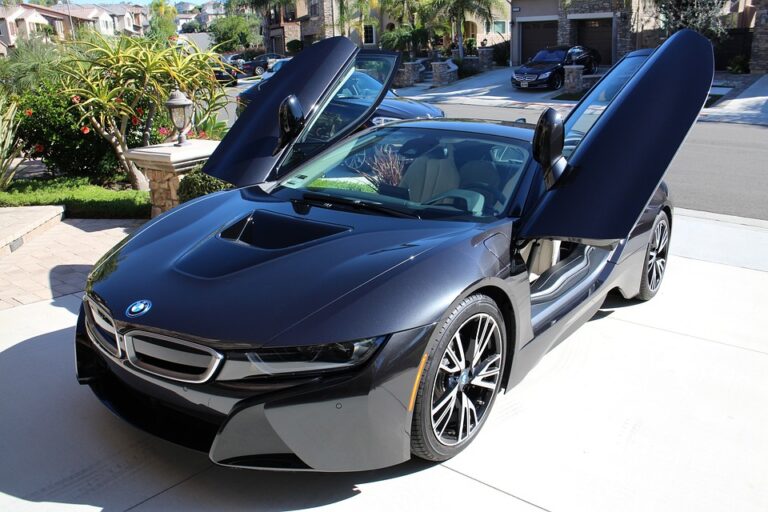Electric Vehicles and Renewable Energy: A Match Made for the Planet
In recent years, electric vehicles (EVs) have transformed from a niche market curiosity into a central focus for automakers and governments around the globe. As this shift accelerates, the integration of renewable energy with electric vehicle technology is emerging as a crucial alliance in our quest for a sustainable future. By pairing EVs with renewable energy sources, we can radically decrease carbon emissions, promote energy independence, and reduce the reliance on fossil fuels.
The Synergy Between Electric Vehicles and Renewable Energy
Understanding Electric Vehicles
Electric vehicles utilize electric motors fueled by rechargeable battery packs, resulting in zero tailpipe emissions during operation. Unlike traditional gasoline-powered cars, EVs are not only cleaner but often more efficient, converting more energy from the grid into vehicle movement.
The Role of Renewable Energy
Renewable energy refers to energy derived from natural sources that replenish themselves. This includes solar, wind, hydroelectric, and geothermal power. These sources are crucial in the fight against climate change as they offer an alternative to fossil fuels, which emit greenhouse gases contributing to global warming.
How EVs and Renewable Energy Complement Each Other
-
Reducing Carbon Footprint: By powering electric vehicles with renewable energy, the carbon emissions typically associated with charging EVs from fossil fuel-based electricity grids are significantly decreased. For instance, using solar panels to charge an EV leads to a massive drop in emissions compared to traditional gasoline vehicles.
-
Energy Efficiency: Electric motors are inherently more energy-efficient than combustion engines. When renewable energy is harnessed, the overall efficiency from generation to consumption maxes out.
-
Grid Stability: The incorporation of EVs can aid in stabilizing the energy grid. When charged strategically (e.g., during off-peak hours), EVs can act as a buffer to absorb excess energy generated from renewable sources, ensuring that more of this clean energy is utilized rather than wasted.
- Innovative Technologies: Technologies like vehicle-to-grid (V2G) enable EVs to return electricity back to the grid, further enhancing the efficiency of renewable resources. By utilizing EV batteries as temporary power storage, energy can be distributed effectively, especially during peak demand times.
Challenges and Opportunities
Overcoming Barriers to Success
Despite the promising integration of electric vehicles and renewable energy, several challenges remain:
-
Infrastructure Needs: An efficient charging infrastructure that includes renewable energy sources is still in its nascent stages. Investment in smart grid technology and strategic placement of charging stations powered by renewables is essential.
-
Battery Production Impact: The production of batteries for EVs involves mining practices that have environmental impacts. However, continued advancements in battery recycling and development of more sustainable battery technologies can address these concerns.
- Public Perception and Adoption: While awareness of EV benefits is increasing, some consumers remain hesitant due to perceived barriers like range anxiety and charging availability. Educational campaigns and expanding charging networks can help shift public perception.
A Bright Future Ahead
The future of transportation is not just electric; it is clean and sustainable. Here are some actionable strategies to endorse the integration of EVs with renewable energy:
-
Government Incentives: Policies that encourage tax rebates for the installation of solar panels and EV charging stations can galvanize the transition towards a greener automotive landscape.
-
Community Initiatives: Local governments can implement programs that incentivize the use of public transportation and encourage carpooling, thus reducing the overall number of vehicles on the road and the demand for charging infrastructure.
-
Corporate Responsibility: Businesses should leverage EVs within their fleets and consider providing charging stations powered by renewable energy, not only to reduce their environmental footprint but also to enhance their brand image.
- Investment in Research: Continued investment in battery technology, solar energy, and wind farms can lead to breakthroughs that make the integration of the two even more efficient and widespread.
Conclusion
The combination of electric vehicles and renewable energy is more than just a trend—it is a pivotal strategy in combating climate change and fostering a sustainable future. By addressing current challenges through innovation, investment, and public engagement, we can harness the full potential of this match made for the planet. Now is the time for individuals, industries, and governments to embrace this synergy for a cleaner, greener tomorrow.
To learn more about electric vehicles and their role in renewable energy, check out our other articles on sustainable technology and eco-friendly practices. Let’s drive change together!


